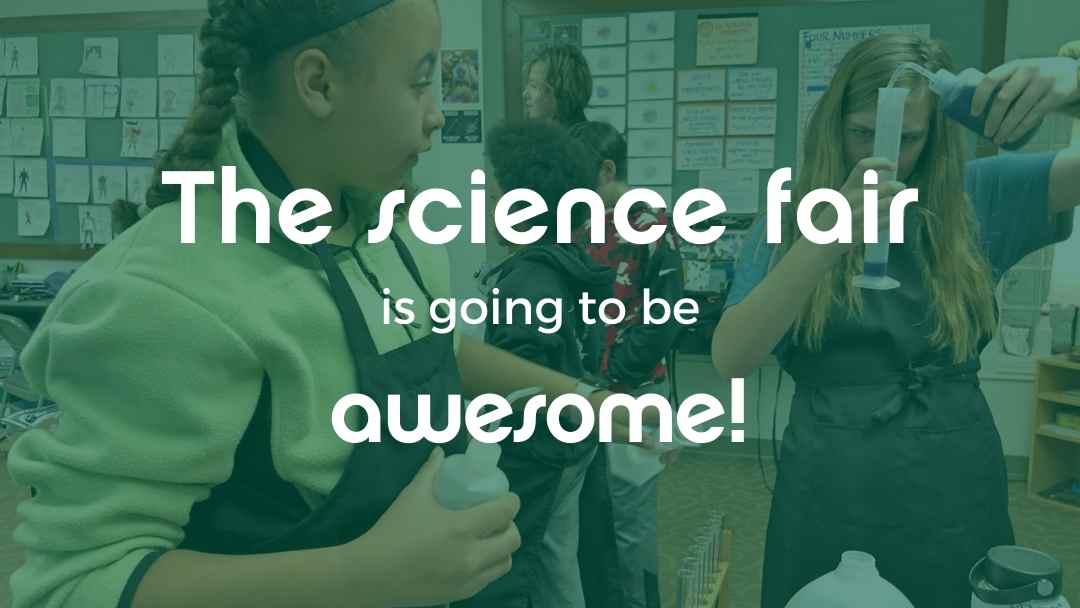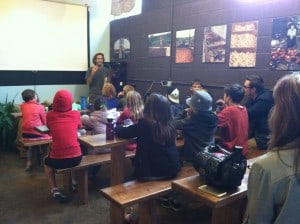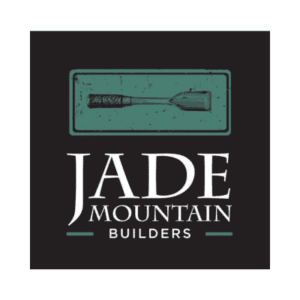
This year’s science fair is going to be awesome!
The science fair has some great experiments going on.
The annual science fair is always a fun event. Across grade levels, all students participate and present their projects to the other grades. All students – whether individually or in groups – are responsible for coming up with testable ideas, hypotheses, drawing conclusions and interpreting results.
It’s not always so easy to come up with something that is both interesting and challenging. But, we have a sneak peek of our Omega 7/8 students doing just that.
We visited their classroom recently to see them testing and working diligently on their science projects to get ready for the upcoming science fair. In the Omega classroom, students were working in four different groups on a specific science experiment they chose.
Proving that gases have weight
This particular group set out to prove that gases have weight by using combustion. They weighed out pieces of wood and magnesium before burning. Next, they put each one to flame and tested their weight after the burning process.
Their prediction was that the wood would weigh less, and the magnesium would weigh more.
Omega students set out to prove that gases have weight by burning wood and magnesium, while comparing the weight of each before and after the burn process.
Engineering a Reptile Egg Incubator
The idea behind this science project was to engineer how to transport a reptile egg from site A to site B while using heat chemistry. The goal was to keep the egg stable and warm, as it could not shift position or roll over, nor could it endure temperature fluctuation.
The incubator required calcium chloride, baking soda and water. Students needed to measure whether they could detect temperature changes after they dissolved calcium chloride, and baking soda into water. The eggs needed a constant temperature of 28 – 32C during transport and being able to maintain temperature for a certain amount of time was an important consideration in this investigation.
Two of our Omegan students work on their project: Engineering a Reptile Egg Incubator (with heat chemistry).
The Digestion of Minerals in the Stomach
This group began their science class by heating up small glass pipes and bending them to simulate the “pipes” in human digestive systems. Once complete, they would then mix hydrochloric acid and marble to observe the reaction (much as it would happen in the stomach). The last step was to measure the resulting water and carbon dioxide from the process.
Above: Two Omegans heat and bend glass pipes to simulate “pipes” of the digestive system.
Below: All the materials needed to complete their investigation.
Testing for Vitamin C Content by Titration
Are you curious about how much vitamin C is actually in the things you buy? This group set out to answer those questions by testing how much vitamin C is present in various common beverages through a titration technique. Students used an indophenol solution to determine the presence of vitamin C by how much the color changed. The various beverages they tested included freshly squeezed lemons, limes, and oranges. They also tried orange juice found in the grocery store, and sodas that claimed to have Vitamin C.
This Omega group is checking the presence (and amount) of Vitamin C in common beverages using titration.
The Results
The results from each of these experiments is the subject of the upcoming science fair. You’ll have to check out the Omega 7/8 classroom to find the conclusions to burning magnesium and wood, how to maintain temperature in an egg incubator using chemical reactions, what happens to calcium carbonate when it reacts with hydrochloric acid in the stomach, and how much vitamin C is really in our common drinks. Check Rainbow Reminders for science fair details!
























